Description
Fresh Porcini Mushrooms
The name porcini translates literally to “piglets” in Italian. Perhaps that’s because of their short, swelling nature and their fat stem. Evidenced by its many regional names, the little fungi has made a big impact on the world’s cuisine. Just what is it about them that have made them so popular? Fresh wild porcini mushrooms are held in high regard as an important and delicious ingredient in many cuisines, especially Italian food. Porcinis have been described as nutty with a smooth, creamy and slightly meaty texture and a distinctive aroma reminiscent of sourdough. For those who like the flavor of nuts but are either allergic to them or simply not fans of their crunchy texture in certain dishes, fresh wild porcini mushrooms are a perfect substitute.
Other Names: King bolete, cepe, boletus edulis, penny bun, panza (Spanish for “belly”), steinpilz (German for “stone mushroom”), herrenpilz (Austrian for “noble mushroom”), eekhoorntjesbrood (Dutch for “squirrel’s bread”), and even more.
Season: 2 Seasons per year: Late May-early July and late September-early November
Origin: Pacific NW, USA
Nutritional Facts: 100 grams of porcini mushrooms have almost no fat, are low in digestible carbohydrates and are high in protein (14% RDA*), Vitamin C (10% RDA), zinc (44% RDA*) and dietary fiber (7% RDA). This means that the porcini mushroom is an excellent aid in fighting off invading bacteria and building and repairing body tissue.
Scientific Facts: Like truffles, chanterelles and many other fungi, fresh wild porcini mushrooms are mycorrhizal. This means that they share a symbiotic relationship with tree roots and must use them in order to thrive. Consequently, porcinis and all mushrooms like it are incredibly difficult to regularly and predictably cultivate. This quality only makes them more valuable, and those who experience the porcini’s flavor almost always come back for more.
Tips: Young, small wild porcini mushrooms are most appreciated by gourmets, as the large ones can become slimy, soft and less tasty with age. The best of them are firm, have a noticeably thicker-than-normal stem, and are topped with a nearly blemish free, reddish brown cap. These perfect porcinis are often eaten sauteed with butter and garlic, ground into pasta, diced up in soups, and put into many other dishes.
Click here to learn more.
*Recommended daily amounts are based on a 2,000 calorie per day diet.


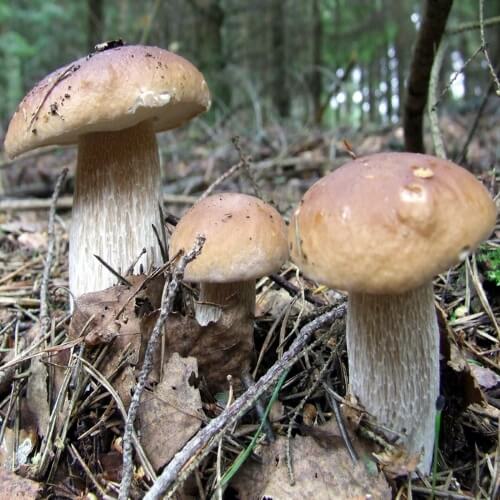
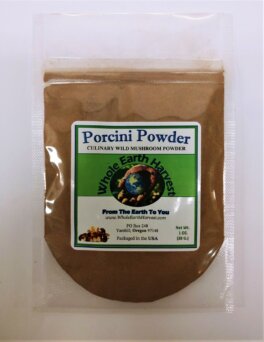
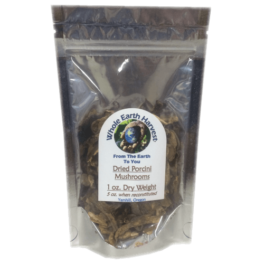
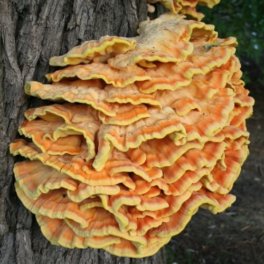
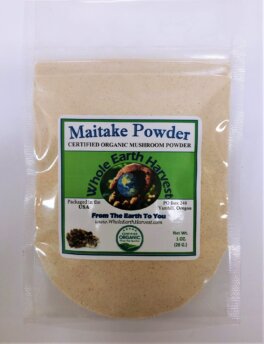
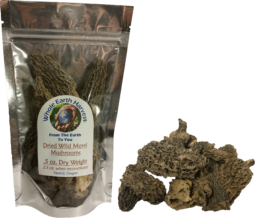
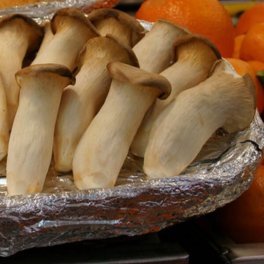
Reviews
There are no reviews yet.